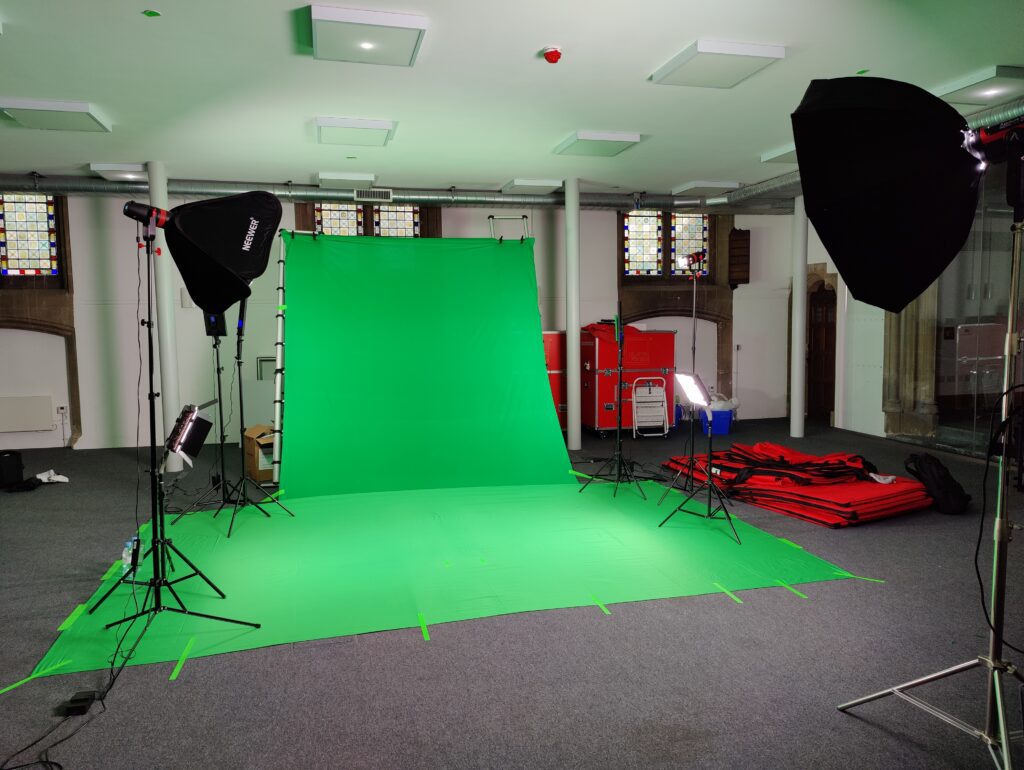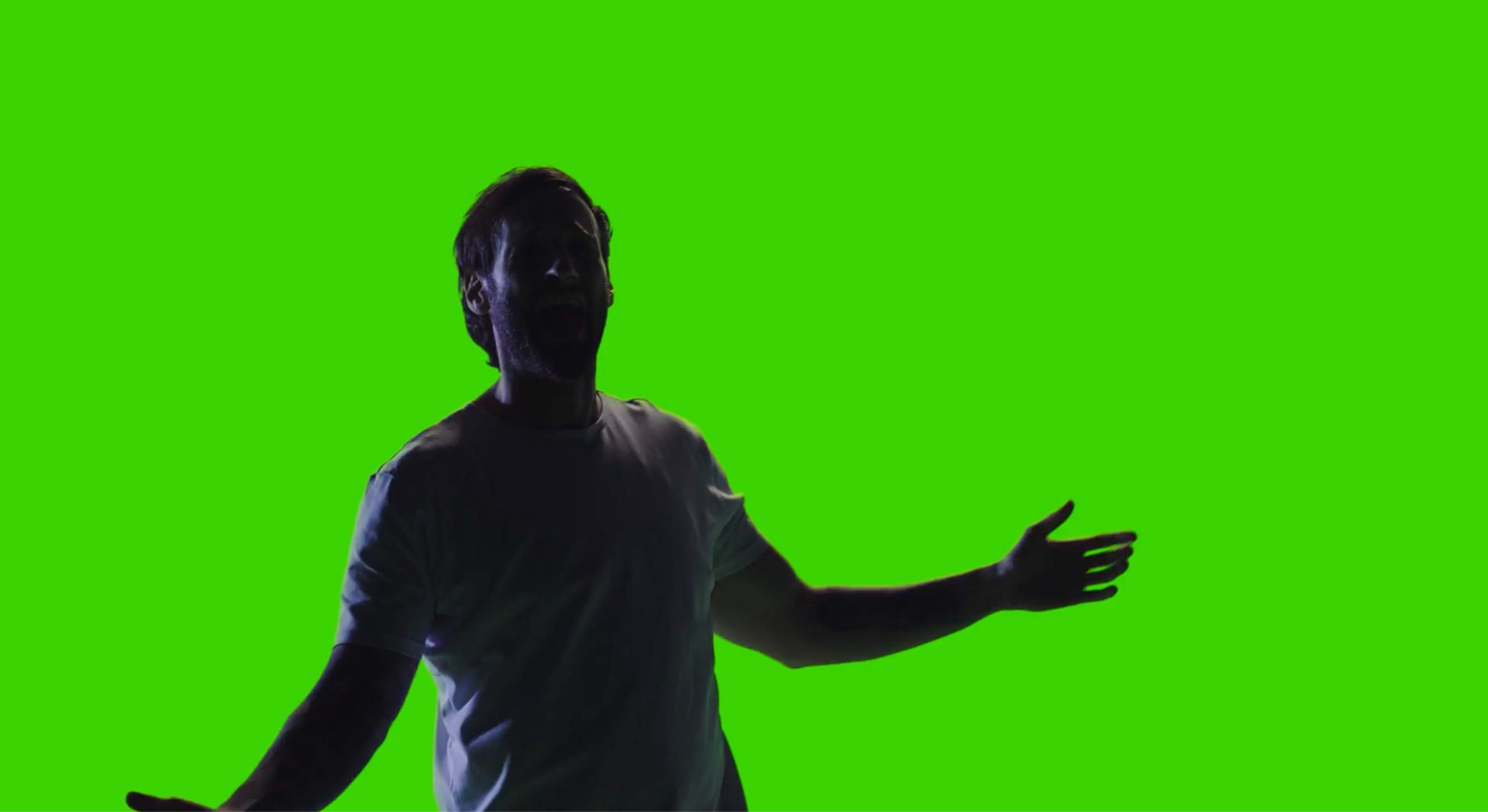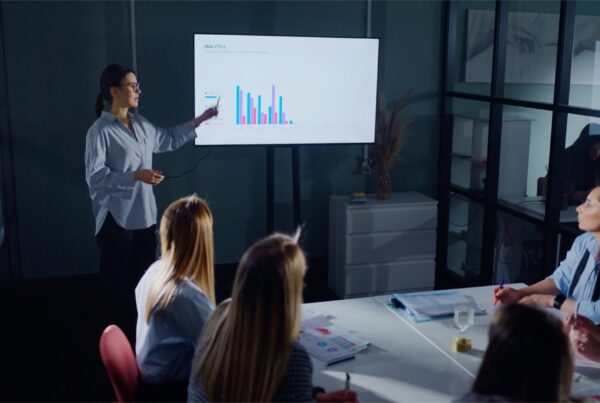Green screen technology is a game-changer in the world of video production. It allows creators to transport their subjects anywhere, from exotic locations to fantastical realms, without leaving the studio. However, to achieve professional results, it’s crucial to understand how to set up and light a green screen properly and how to key out backgrounds in post-production. In this guide, we’ll explore powerful green screen techniques that can elevate your video projects.

What is Green Screen Technology?
Green screen, or chroma keying, is a visual effects technique that involves shooting subjects against a green backdrop, which can later be replaced with any background during post-production. This technique is widely used in film, television, and digital content creation to create immersive and visually stunning scenes.
Why Use Green Screen?
- Versatility: Green screen allows you to place your subjects in any environment without the need for expensive sets or locations.
- Creative Freedom: It opens up endless possibilities for storytelling, allowing for the creation of imaginative and complex scenes.
- Cost-Effective: Saves on production costs by eliminating the need for on-location shooting.
Steps to Setting Up and Lighting a Green Screen
- Choose the Right Green Screen: Opt for a high-quality, wrinkle-free green screen. Fabric screens are common, but collapsible screens and painted walls are also effective.
- Set Up Your Green Screen: Ensure the screen is evenly stretched and free from wrinkles or folds. An even surface is crucial for a clean keying process.
- Lighting the Green Screen: Proper lighting is key to achieving a smooth and clean key. Use multiple lights to evenly illuminate the green screen, avoiding shadows and hot spots. Aim for a flat, even light across the entire screen.
- Use Soft Lights: Soft lights reduce harsh shadows and provide even lighting. Softboxes and diffused LED panels are great options.
- Position Lights Correctly: Place lights at a 45-degree angle to the screen and ensure they are at an equal distance to maintain even lighting.
- Lighting the Subject: Separate your subject from the green screen by a few feet to avoid shadows and green spill. Use three-point lighting (key light, fill light, and back light) to illuminate your subject.
- Key Light: The main light source should be positioned to one side of the subject.
- Fill Light: This light reduces shadows created by the key light and is placed on the opposite side.
- Back Light: Positioned behind the subject to create depth and separate them from the background.
Keying Out Backgrounds in Post-Production
- Choose the Right Software: Popular software options for keying include Adobe Premiere Pro, After Effects, and DaVinci Resolve. These programs offer powerful tools to achieve a clean key.
- Use the Chroma Key Tool: Import your footage into the software and apply the chroma key effect. Adjust the key colour to green and tweak the settings to remove the green background.
- Refine the Key: Use edge refinement tools to clean up any residual green spill around your subject. Adjust the transparency, contrast, and edge feathering to achieve a seamless blend.
- Add Your Background: Once the green screen is keyed out, you can replace it with any background of your choice. Ensure the background matches the lighting and perspective of your original footage for a realistic effect.
Best Practices for Green Screen Success
- Wardrobe Considerations: Avoid having your subjects wear green or reflective clothing that can pick up the green screen colour.
- Check Your Setup: Regularly monitor your setup through the camera to catch any issues with lighting or shadows.
- Practice and Experiment: Each project is different. Experiment with different lighting setups and keying techniques to find what works best for your specific needs.
Conclusion
Mastering green screen techniques can transform your video production capabilities, allowing for creative freedom and professional-quality results. By following these powerful tips for setting up, lighting, and keying, you’ll be well on your way to creating stunning, immersive videos.
Ready to take your videos to the next level? Start experimenting with green screen technology today! If you have any questions or need further guidance, feel free to contact us. We’re here to help you unlock the full potential of green screen technology and create captivating, high-quality content that stands out in a crowded digital landscape.





